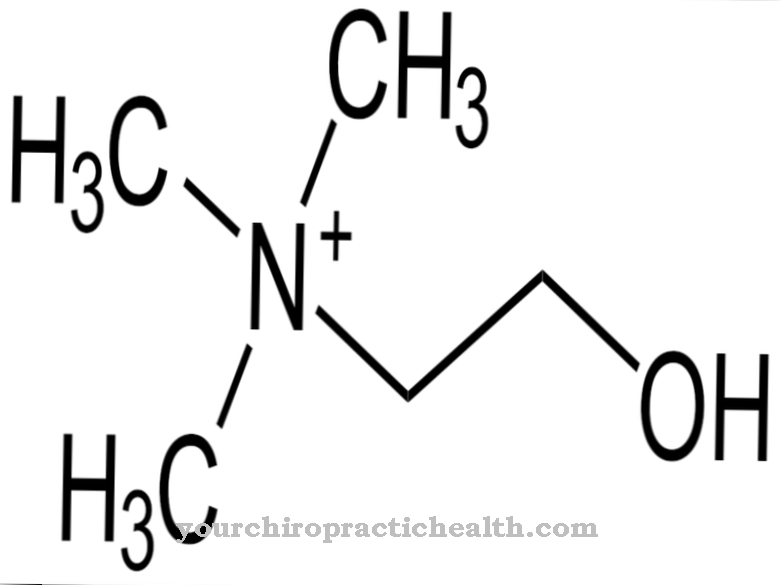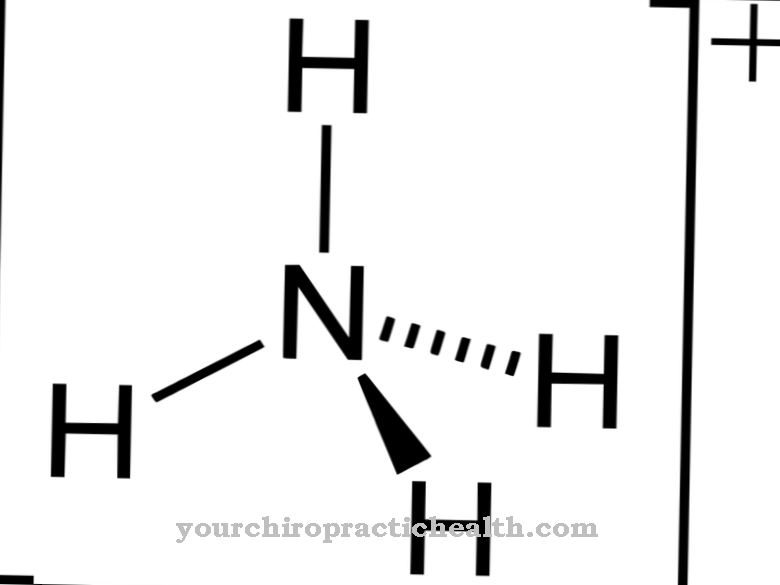The Enteropeptidase is an enzyme of the duodenal mucosa whose function is to activate the pancreatic enzymes. It stands at the beginning of a whole activation cascade of digestive enzymes. Dysfunction of enteropeptidase leads to maldigestion and malabsorption of food in the small intestine.
What is an enteropeptidase?
Enteropeptidase is an enzyme of the duodenal mucosa, which activates the digestive enzymes of the pancreas by activating trypsinogen to trypsin.
Enteropeptidase is secreted in the brush border of the duodenal mucosa. Specifically, the liebekühn's glands are responsible for secretion. The liebekühn's glands are tubular depressions in the small and large intestinal epithelium. In the small intestine, they are located between the small intestinal villi. The glands, also known as Lieberkühn crypts, secrete a large number of enzymes in addition to enteropeptidase. The secretion of enteropeptidase is stimulated when the chyme, which has been pre-digested in the stomach, enters the duodenum. The enzyme alone does not affect the food components.
Only the activation of the enzyme trypsin sets the whole activation cascade of the digestive enzymes in motion. Enteropeptidase, like trypsin and the other proteases of the pancreas, is a serine protease. The active center contains the catalytic triad of aspartic acid, histidine and serine. As an endopeptidase, enteropeptidase only cleaves the proteins at certain characteristic points with certain recognition motifs in the amino acid sequence. The enzyme always cleaves at the Asp-Asp-Asp-Asp-Lys recognition motif. With trypsinogen, the hexapeptide Val- (Asp) 4-Lys is cleaved, with trypsin being formed.
Function, effect & tasks
The function of enteropeptidase is to activate the digestive enzymes in the pancreas. It only initiates the first step of activation with the conversion of trypsinogen into trypsin.
Trypsin is in turn a serine protease that cleaves proteins based on the same characteristic recognition motif. It now continues the activation of trypsinogen itself. At the same time, it activates other pancreatic enzymes from their respective precursors such as chymotrypsinogen, pro-elastase, pro-carboxypeptidase, pro-phospholipase and proenteropeptidase. Enteropeptidase is also initially in the inactive proform. When the chyme enters the duodenum, not only proenteropeptidase but also duodenase is secreted, which activates the proform of enteropeptidase. After the start of the activation cascade, trypsin takes over the activation of all pancreatic enzymes including proenteropeptidase and trypsinogen.
The activation of proenteropeptidase to enteropeptidase takes place even more effectively through the action of trypsin than through duodenase. The primary presence of the digestive enzymes in their inactive form is extremely important. The action of the proteases in particular is unspecific. All proteins that contain the characteristic recognition motif within the molecule are hydrolytically cleaved. If the enzymes were catalytically active immediately, the body's own proteins would already be digested in the pancreas and pancreatic duct. As a result, the pancreas would dissolve itself. Activation only takes place in the duodenum outside the exocrine glands.
The enzymes can begin here to break down the food components without attacking the body's own tissues. To prevent the enzymes from being activated prematurely, an additional trypsin inhibitor works in the duct of the pancreas. However, the key role for the digestive cascade is played by trypsin. Once this enzyme is activated, activation of all digestive enzymes, including enteropeptidase, cannot be stopped.
Education, occurrence, properties & optimal values
Like all serine proteases, enteropeptidase also has a non-specific effect and cleaves the proteins using a characteristic recognition motif. Enteropeptidase consists of a light and a heavy chain that are linked by disulfide bridges. The serine protease domain is located on the light chain.
The heavy chain has a molecular mass of 82 to 140 kilodaltons, with the molecular mass of the light chain being 35 to 62 kilodaltons. The light chain structure of enteropeptidase is similar to the other serine proteases trypsin and chymotrypsin. The heavy chain is membrane-bound and influences the specificity of the enzyme. It was found that the isolated light chain has a similar effect against the characteristic recognition motif - (Asp) 4-Lys-, but a significantly lower effect against trypsinogen.
Diseases & Disorders
The human enteropeptidase is encoded by the ENTK gene on chromosome 21. A mutation of this gene can lead to serious illnesses in the affected children.
The enzyme can no longer activate the other digestive enzymes. The food components are no longer broken down and can therefore no longer be absorbed by the small intestine. It is primarily a matter of maldigestion (insufficient breakdown), which leads to malabsorption of the food components. The body is no longer adequately supplied with nutrients. Failure to thrive, stunted growth and typical symptoms of protein deficiency with the development of edema occur. At the same time, in addition to proteins, carbohydrates and fats are poorly absorbed. Since the undigested food components get into the large intestine and are broken down there by fermentation and putrefactive bacteria, flatulence, diarrhea and abdominal pain also occur.
So far, 15 cases of congenital enteropeptidase deficiency have been described worldwide. However, the symptoms of the condition are much more common. An enteropeptidase deficiency does not always have to be present. Since trypsin plays a key role in activating digestive enzymes, a defect or deficiency in trypsin also leads to similar symptoms. The treatment of these diseases is the same in both cases. The enzymes are administered in activated form. There are certainly many more undiagnosed cases of enteropeptidase deficiency.
If the diagnosis is certain, enteropeptidase could also be substituted. An enteropeptidase deficiency is also triggered secondarily by severe intestinal diseases.Diseases such as celiac disease, shortened small intestine, lactase deficiency or others should be clarified in the differential diagnosis.



























